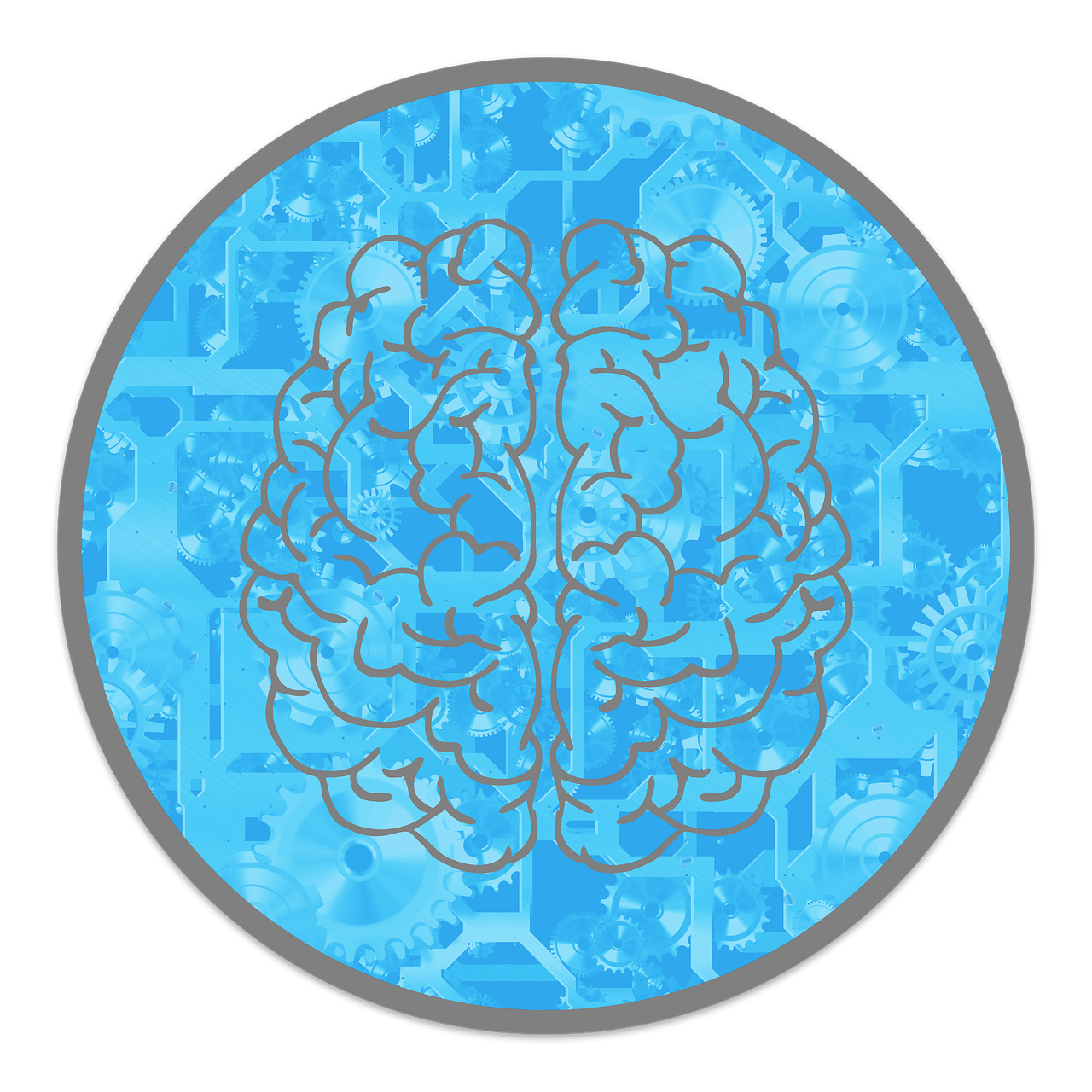
Teamwork is great… until it feels like you’re stuck in a reality show where everyone’s arguing and no one knows what’s going on.
Drama happens—it’s part of working with people.
The real test? How you handle the mess.
A lot of folks mix up conflict resolution and problem solving.
They’re not twins—they’re more like Iron Man and Captain America.
Same goal: save the day. Totally different vibes.
This article breaks down what makes them different, why your team needs both, and how to use them like a boss—whether you’re in a meeting, on a group project, or just trying not to lose it when someone “forgets” to reply to your email. Let’s go!
What Is Conflict Resolution?
Think of conflict resolution as the art of not turning every disagreement into a full-blown episode of The Real Housewives.
It’s all about calming the drama when people clash—whether it’s over ideas, feelings, or just plain bad vibes.
Instead of picking sides, you try to fix the relationship, like emotional tech support.
You do this by actually listening (yes, even when you’d rather scream), talking things through, and trying to understand where the other person’s coming from.
No need for a therapy degree—just a bit of empathy, honesty, and patience (plus maybe a snack, because everything’s worse when you’re hangry).
Common sources of conflict
- Mixed messages or straight-up misunderstandings
- Clashing personalities (not everyone can be chill like Zendaya)
- Different goals, values, or “I thought we agreed on this” moments
- Power plays or feeling like someone’s getting the better deal
Core elements of conflict resolution
- Active listening – Not just waiting for your turn to talk (sorry, debate team habits).
- Real talk – A calm convo to figure out what’s actually going on.
- Compromise – Think less “winner takes all,” more “let’s split the last slice of pizza.”
- Emotional intelligence – Basically your brain’s superpower for handling drama like a Jedi.
Pro tip: Conflict resolution isn’t about proving who’s right—it’s about saying, “Hey, your feelings matter too,” and finding a way forward without flipping tables.

What Is Problem Solving?
Problem solving is basically your inner Sherlock Holmes at work—analyzing the clues, finding what’s broken, and fixing it without getting caught up in all the drama.
Unlike conflict resolution (which is about people and feelings), problem solving is all about the task—what’s gone wrong, and how do we make it right?
It’s less “let’s talk about our feelings” and more “let’s fix the thing before the boss finds out.”
Common scenarios for problem solving
- Your project deadline is speeding toward you like the Hogwarts Express and you’re nowhere near done
- The app crashes more than your Wi-Fi during a Zoom call
- You check the budget and realize, oops—you’ve accidentally gone full Kardashian
- Things just aren’t running smoothly, and no one knows why
Key steps in problem solving
- Spot the problem – What’s broken, missing, or just plain weird?
- Dig into the cause – No surface-level guesses—go full detective mode
- Brainstorm fixes – Channel your inner Tony Stark and think up smart solutions
- Pick the best one – Which fix actually works and won’t make things worse?
- Put it into action – Execute like a pro (cue montage music )
- Check the results – Did it work or nah? Time to tweak if needed
Pro tip: Problem solving is like being in a video game—every challenge has a solution, but you’ve got to stay calm, think smart, and not rage-quit halfway through.
Conflict Resolution vs. Problem Solving: The Core Differences
| Aspect | Conflict Resolution | Problem Solving |
| Focus | Relationships and emotions |
Processes and outcomes
|
| Goal | Harmony and understanding |
Efficiency and results
|
| Primary Skills Needed | Empathy, communication, negotiation |
Analysis, creativity, decision-making
|
| Approach | Dialogue, mediation, compromise |
Root cause analysis, strategic planning
|
| Typical Context | Interpersonal disputes |
Operational or technical issues
|
Why Understanding the Difference Matters in the Workplace
Imagine trying to fix a broken heart with a screwdriver. Yeah… not gonna work.
That’s what happens when you mix up conflict resolution and problem solving.
In a team setting, knowing what you’re dealing with—people drama or a task glitch—is the key to not making things worse.
Apply the wrong move and you might just throw gas on the fire. For example:
- Trying to debug a person’s feelings like they’re your laptop = awkward, messy, and very not helpful
- Hosting a trust circle to fix a broken CRM = cute, but the CRM still doesn’t work
Use conflict resolution when:
- Everyone’s acting like they’re in the final episode of The Bachelor—emotions everywhere
- Miscommunication is turning teammates into rivals faster than you can say “group project”
- You need to keep the vibe positive and stop trust from tanking
Use problem solving when:
- Something’s broken—software, budget, schedule, you name it—and it’s not personal, just annoying
- Logic, numbers, and a solid plan are your best weapons
- The team’s emotionally chill, but the system is falling apart like a Jenga tower in slow-mo

How to Apply Both Approaches Effectively
Okay, so now you know: conflict resolution = people stuff, problem solving = task stuff.
But how do you actually do them without turning into either a therapist or a spreadsheet zombie? Don’t worry—we got you.
Conflict resolution tips
- Create a safe zone – Think less “interrogation room,” more chill hangout where people can actually talk.
- Really listen – Don’t just wait for your turn to talk. Tune in like you’re watching the season finale of Stranger Things.
- Validate feelings – You don’t need to agree, but a simple “Yeah, that sounds rough” goes a long way.
- Team up, don’t square up – This isn’t Mortal Kombat. Work with people, not against them.
- Aim for win-win – No Hunger Games. Everyone should leave feeling like they got something.
The quality of our lives depends not on whether or not we have conflicts, but on how we respond to them. — Thomas Crum
Problem solving tips
- Name the problem – Be clear. “The system’s acting weird” isn’t helpful. “The CRM won’t save client notes” is.
- Grab the data – Don’t guess—investigate. Channel your inner Nancy Drew or Scooby-Doo team.
- Use your tools – Try the 5 Whys (ask “Why?” like a toddler), a Fishbone Diagram (yup, it’s a real thing), or SWOT if you’re feeling fancy.
- Test tiny first – Before you flip the whole system, try your solution on a small scale. Like a science experiment, not a full-blown alien invasion 👽
- Track results – Use KPIs (a.k.a. “Did it work?” numbers) to see if you’re winning or just spinning your wheels.
Blended Approach: Solving Problems and Resolving Conflicts
Here’s the truth: in real life, conflicts and problems like to show up together—like an annoying duo in a buddy comedy.
Take this example: your project’s running late. Sure, it looks like a simple scheduling mess… but dig deeper and bam!—you find simmering team resentment because someone keeps ghosting meetings. Classic.
So, what do you do? Tackle both sides of the mess.
Step 1: Handle the feels (conflict resolution)
Start with the emotional stuff.
Get people talking, clear the air, and defuse the tension.
If you skip this and dive straight into fixing the schedule, people will nod politely while silently rage-texting their work bestie.
Step 2: Fix the system (problem solving)
Now that everyone’s chill (or at least not plotting passive-aggressive revenge), shift gears.
Look at what went wrong with the plan or process, and use your problem-solving brain to get things back on track.
What the Research Says
- Teams that talk things out and resolve conflict like grownups are more productive and creative (De Dreu & Gelfand, 2008).
- Solid problem-solving skills lead to better projects and stronger teams, even when stuff hits the fan.

Final Thoughts: Mastering Both Is a Superpower
Mastering conflict resolution and problem solving is like having Iron Man’s tech and Captain America’s leadership—total superpowers for any team.
Don’t just ask what broke; ask why it happened and how everyone feels.
That’s where real magic happens—when you fix the problem and keep the squad happy. Nail that, and you’re basically the MVP of teamwork, no drama included.



